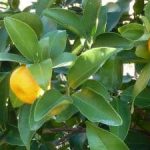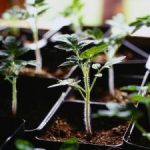The weather is changing and the nights are longer and cooler. That means it’s time to adjust how we care for our lawn.
Beginning in October, our lawns require less water because they’re shifting from growth mode to cold weather-preparation mode. Reducing lawn irrigation is important because the mild evenings produce the ideal environment for development of brown patch.
What you should know about brown patch:
- It’s a fungal disease that appears as expanding, rounded dead areas.
- Damage occurs in the lowest spots of the lawn where moisture is most likely to persist into the night.
- The disease attacks the base of the leaf (not the root) so the lawn will recover when the fungus action is stopped. Large infection areas often exhibit new grass growth at the center of the brown areas as the disease progresses.
While no irrigation is the best way to prevent brown patch, when and how much you water also go a long way toward prevention. Apply water during the permitted morning times so the free water evaporates by evening.
Filling in low spots will also prevent the disease. A half to 1 inch of compost placed in the point of origin of the disease will usually be enough to raise grade and prevent reoccurrence the next year.
If your prevention tactics aren’t implemented quickly enough, fungicide may be your only recourse. Recovery, however, often does not occur until spring when new growth begins.
By Calvin Finch, Ph.D., Guest Author




